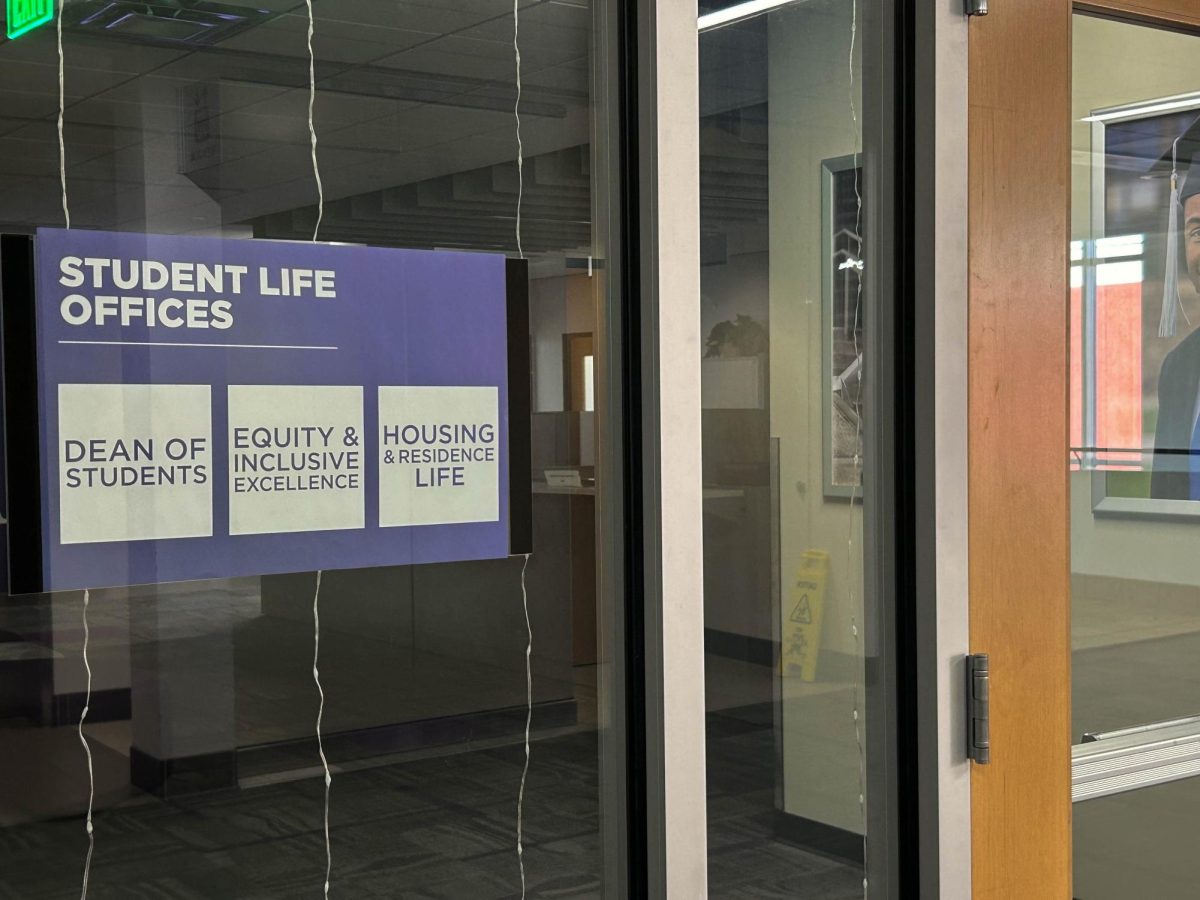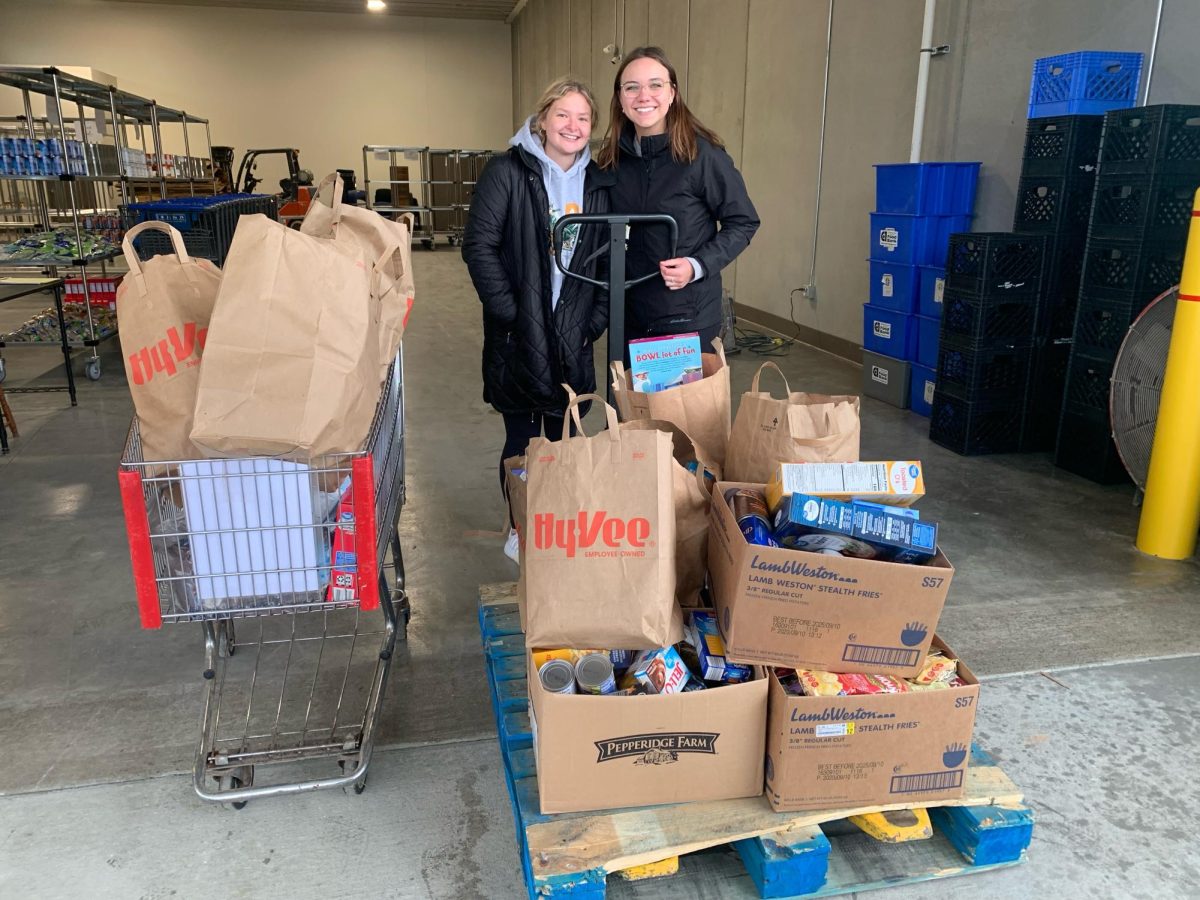Administration, faculty educate campus about prevention, assistance
Olivia Volkman-Johnson / Winonan
About this series: The Winonan will be taking two weeks to feature stories from sexual assault survivors and the faculty, staff and students working to fight it and create a safer campus and community.
Brock Turner, a former student athlete at Stanford University who sexually assaulted an intoxicated, unconscious woman, was released from jail on Sept. 3, 2016—three months earlier than his six-month sentence.
Due to Turner’s premature release despite prosecutors’ initial recommendation of a six-year prison sentence, sexual violence has become a widely debated topic in the U.S.
Though sexual violence is most commonly viewed as unsolicited sexual penetration, it can include a wide range of unwanted behaviors, according to Winona State University’s Title IX Coordinator Lori Mikl.
“Sexual violence is encompassed as not only sexual assault, but [also] stalking and dating and relationship violence,” Mikl said.
Though there is no determined cause for the prevalence of sexual violence, some Winona State faculty believe it stems from a variety of factors.
“It starts with a culture that teaches girls and women that they need to be gatekeepers of sexuality,” Tamara Berg, director of the women’s, gender and sexuality studies department, explained. “We dismiss actions of boys under the guise of ‘boys will be boys.’”
Gender-Based Violence Project Coordinator Heather Gerdes explained this culture follows individuals into college.
“Most people are coming to new places, so you’re meeting new friends and new people, trying to figure out who you can trust,” Gerdes said.
According to data from the National Sexual Violence Resource Center (NSVRC), one in five women and one in 16 men are sexually assaulted while in college.
According to Mikl, this means the chances of knowing a sexual assault survivor, especially while in college, are high.
“No matter who you are, what path of life you walk, [and] whether or not you know it, you know somebody who’s experienced sexual assault,” Mikl said. “So if you know five women, statistical chances are at least one of them has been a victim of sexual assault during their college career.”
Despite the prevalence of sexual violence on campus, the NSVRC claims more than 90 percent of sexual assaults on college campuses go unreported.
According to Berg, victims and survivors of sexual assault are often “stigmatized,” “blamed” and “slut-shamed,” which prevents them from reporting their assaults.
Berg also explained the misconception surrounding false reports keeps victims and survivors quiet, though false reports of sexual violence are rare.
“If reported my car was stolen, I would expect the police and investigators to take me seriously…do everything they could to make sure I got my car back,” Berg said. “Same thing with assault survivors—we should have that same right and that expectation of being taken seriously.”
Other common misconceptions about sexual assault include how men cannot be victims of sexual assault and same-gender sexual assault does not occur often, according to Berg and Gerdes.
Mikl also explained how strangers do not always perpetrate sexual assaults, but 90 percent of sexual assaults on college campuses occur between individuals who know each other—whether they are classmates, friends or even romantic partners.
“It’s not only the evil scary person who’s perpetrating these type of assaults. It’s the nice person next door. It’s the guy or the woman who is just like your grandma or grandpa that are perpetrating these instances as well,” Mikl said.
As Title IX coordinator, Mikl assists Winona State students who come forward as survivors of sexual assault and assist them with housing changes, course changes, possible campus transfers and other accommodations.
“Our goal is to help a student continue to be successful as a student, whether or not that’s here at Winona State or at another institution,” Mikl said.
As part of the RE Initiative, a program funded through grants from the Department of Justice, Gerdes and other faculty focus on educating Winona State students on consent, sexual violence and peer advocacy.
By providing information and trainings about sexual assault, including Bystander Intervention Training and a 24-hour confidential help line, Gerdes and Mikl said they hope to dismantle rape culture at Winona State.
“I think we’re doing really good work here on getting initiatives in place for students to bring awareness to the topic and educate, but I’d like to see us be that institution everyone’s talking about, saying, ‘Hey, they’ve got really good things going on at Winona State. Let’s go down there and see what they’re doing and take that back to our campus,” Mikl said.
“With everything the RE Initiative is doing…we are seeing that shift that we want. We’re seeing people understanding that they can intervene in some way,” Gerdes said. “I do think that we will come to a time when we won’t have a one-in-five statistic here.”
By Olivia Volkman-Johnson



























































